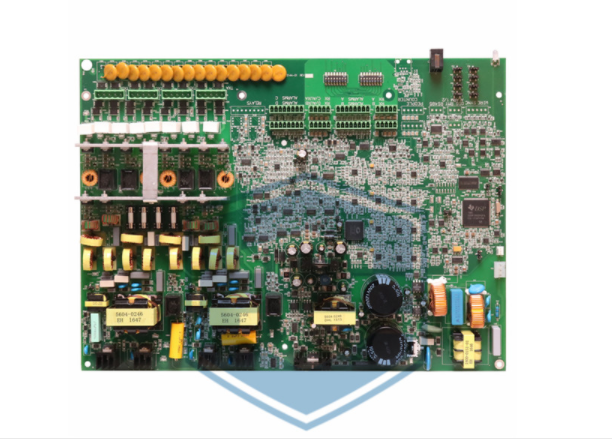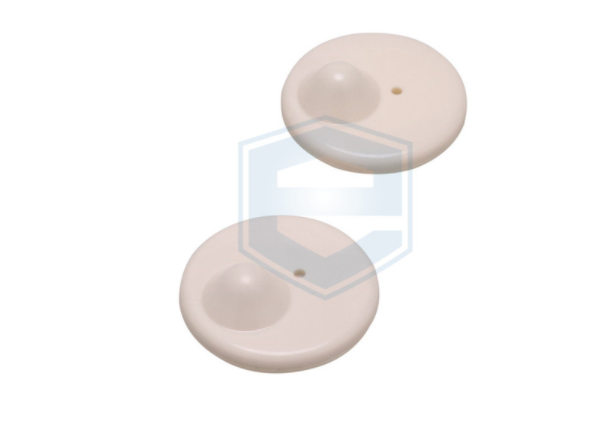If you've ever been in a shop and heard an alarm when someone leaves, you'll see the EAS system in operation. The system is designed to detect unpaid items in people's pockets or bags as they leave the shop. It usually consists of two components: an EAS antenna and an EAS tag.
EAS was invented in 1966 by American inventor Arthur Minasy. Since then, EAS technology has evolved and different types of it have come and gone. The two most common systems still in widespread use today are AM (acoustic magnetic) and RF (radio frequency) systems.
An in-depth technical discussion of the differences between these two systems is beyond the scope of this article, so we will only discuss the basic differences that are most important to retailers. AM systems operate at 58 kHz (kilohertz), while RF systems operate at 8.2 MHz (megahertz). Visually, they are very similar. You can find out more by following the ENGUARD.
AM systems are easy to install and easy to use. They are reliable and resistant to radio or magnetic interference. They are popular with a wide range of retailers, especially clothing shops. A wide range of EAS tags exist and can be used with AM systems for a wide range of goods. One disadvantage of AM systems is that they cannot be used with thin paper tags. am tags are slightly thicker and not particularly flexible, so they are not suitable for food packaging and other goods that require simple tagging.
EG-AR03 Anti-theft Clothing Self Alarming Tag 3 Alarm Ways AM 58KHz
RF systems, on the other hand, are more sensitive and require expert installation. The biggest advantage of RF systems is that they can be used with very thin EAS tags, making them ideal for grocery shops, cosmetics shops or other retailers selling items where plastic EAS tags are too bulky.
EG-RH08 EAS RF 8.2MHz Security Clothing Alarm Golf Tag Anti Theft Tag
There is a third type of EAS system that we haven't mentioned before. It is called RFID (radio frequency identification). This is not technically an electronic article surveillance system, although it is sometimes used as one. the main purpose of an RFID system is to identify specific products that pass through an antenna. For example, while AM and RF systems only detect EAS tags or labels just passing through, RFID systems can detect tags or labels attached to ZARA jeans, dark blue, size 30.
EAS tags come in many more form factors - there are simple pin tags and lanyard tags for clothing, handbags and accessories, but there are also many specialised types such as golf clubs, wine bottles, glasses, boxed goods, shoes, waterproof items and so on.
Electronic item monitoring is no longer a new technology. But with continuous improvements over the years, it has proven itself to be a reliable and resilient tool for retailers to control theft. With never-ending innovation, it is certain that EAS will continue to play an important role in loss prevention for many years to come. Leave us a message here to get the details and quotes, we'd be happy to serve you.

Basic Approach to Preventing Retail Business Losses
Apr. 16, 2022
What You Need to Know about EAS Security Tag Alerts
Apr. 06, 2022